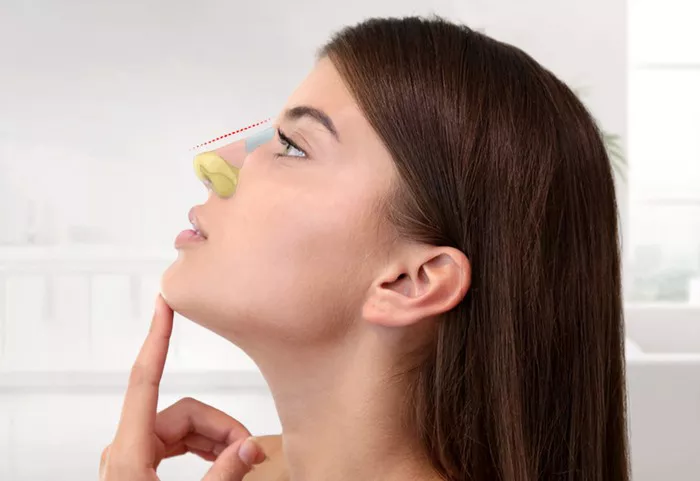Nose fillers, also known as dermal fillers or injectable fillers, are a popular cosmetic treatment that can enhance the appearance of the nose by adding volume and contouring. While nose fillers can be a safe and effective way to improve the appearance of the nose, there are potential risks and considerations that should be taken into account. In this article, we will explore the safety of nose fillers and provide a comprehensive guide to help you make an informed decision about whether this treatment is right for you.
What are Nose Fillers?
Nose fillers are a type of dermal filler that is injected into the nose to add volume and contouring. They are typically made from hyaluronic acid, a natural substance found in the body that helps to maintain skin hydration and elasticity. Hyaluronic acid fillers can be used to reshape and contour the nose, smooth out bumps and unevenness, and improve the overall symmetry of the nose.
Nose fillers are a non-surgical alternative to rhinoplasty, a surgical procedure that is used to reshape the nose. Unlike rhinoplasty, which involves incisions and general anesthesia, nose fillers can be performed in a cosmetic clinic or medical spa with minimal downtime.
Potential Risks and Side Effects
While nose fillers are generally considered safe, there are potential risks and side effects that should be taken into consideration before undergoing the treatment. Some of the most common risks and side effects include:
-
Bruising and Swelling
Bruising and swelling are common side effects of nose fillers and can last for several days after the treatment. These side effects can be minimized by applying ice to the treated area and avoiding blood-thinning medications before the procedure.
-
Infection
There is a small risk of infection with any injectable treatment, including nose fillers. To minimize this risk, it’s important to choose a qualified and experienced practitioner who follows strict sterilization protocols.
-
Allergic Reactions
While hyaluronic acid fillers are generally well-tolerated by most people, there is a small risk of allergic reactions. Symptoms of an allergic reaction can include redness, itching, and swelling at the injection site.
-
Nerve Damage
In rare cases, nose fillers can cause nerve damage that can result in numbness, tingling, or weakness in the nose or surrounding areas. This risk can be minimized by choosing a qualified practitioner who has experience with nose fillers.
-
Migration
Nose fillers can sometimes migrate from the injection site and cause lumps or bumps in other areas of the nose or face. This risk can be minimized by choosing a qualified practitioner who has experience with nose fillers and using the appropriate injection technique.
Choosing a Qualified Practitioner
One of the most important factors in ensuring the safety and effectiveness of nose fillers is choosing a qualified and experienced practitioner. Here are some tips to help you choose a practitioner who can provide safe and effective treatment:
-
Check Qualifications and Credentials
Before undergoing nose filler treatment, it’s important to check the qualifications and credentials of the practitioner. Look for a practitioner who is licensed and certified to perform cosmetic treatments and has experience with nose fillers.
-
Ask for Before and After Photos
Ask the practitioner to provide before and after photos of previous patients who have undergone nose filler treatment. This can give you a better idea of the practitioner’s skills and the potential results of the treatment.
-
Read Reviews and Testimonials
Read online reviews and testimonials from previous patients who have undergone nose filler treatment with the practitioner. This can give you a better idea of the practitioner’s level of skill, professionalism, and patient satisfaction.
-
Ask about Sterilization Protocols
It’s important to choose a practitioner who follows strict sterilization protocols to minimize the risk of infection. Ask the practitioner about their sterilization procedures and ensure that they use sterile equipment and follow proper sanitation practices.
-
Discuss Your Medical History
Before undergoing nose filler treatment, it’s important to discuss your medical history with the practitioner. This can include any allergies, medical conditions, or medications you are currently taking. This information can help the practitioner determine if you are a good candidate for nose fillers and minimize the risk of any potential complications.
Conclusion
Nose fillers can be a safe and effective way to enhance the appearance of the nose without surgery. However, it’s important to carefully consider the potential risks and side effects and choose a qualified practitioner who can provide safe and effective treatment. By taking these precautions and following the recommendations outlined in this article, you can make an informed decision about whether nose fillers are right for you.


